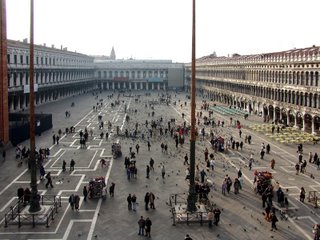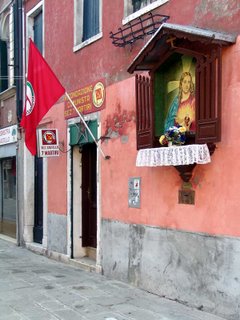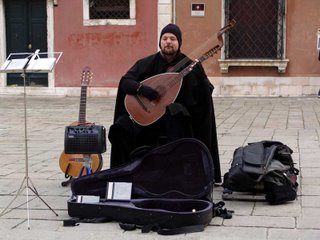67. The cheapest gondola ride in Venice
 This boat ferrying passengers across the Grand Canal is a 'traghetto' – which not surprisingly simply means 'ferry' in Italian. Fifty years ago there were about 30 traghetti ferry points across the Grand Canal, now there are only seven, but they are a wonderfully convenient way to cross this long and wide stretch of water that only has three bridges.
This boat ferrying passengers across the Grand Canal is a 'traghetto' – which not surprisingly simply means 'ferry' in Italian. Fifty years ago there were about 30 traghetti ferry points across the Grand Canal, now there are only seven, but they are a wonderfully convenient way to cross this long and wide stretch of water that only has three bridges.It looks very much like a gondola, and so it should, because the traghetti are all former working gondolas, but without the fancy seats and other ornamentation and without the counterbalancing metal 'ferro' on the prow. The ferro is not needed because unlike a gondola, a traghetto is always rowed by two people, one in the normal gondolier position and one closer to the bow in front of the passengers.
Gondolas used to be the most common form of general transport in Venice, and were not expensive, but now gondolas are used only for tourist joy rides. Any tourist who has treated themselves to a gondola ride recently will know that a 40-50 minute cruise under a few bridges and through a few canals will cost between 80 and 100 euros, depending on how good you are at negotiating and how busy the gondoliers are that day. By contrast, a short ride in a traghetto is exceptional value for money, each journey costing less than one euro.
There is no scheduled service, the traghetti cross the canal back and forth all day whenever they have one or more passengers, most of whom stand the whole way unless the boat is fairly crowded. If you arrive at the ferry stop when the traghetto is waiting patiently at the other side, the ferrymen will come across the canal to pick you up.
These old style ferries are a great service, and great value for money – and there's not much else in this tourist town about which you can say that.
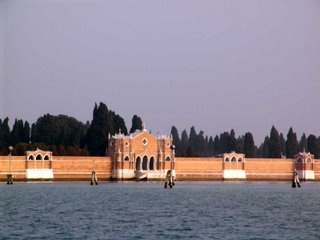



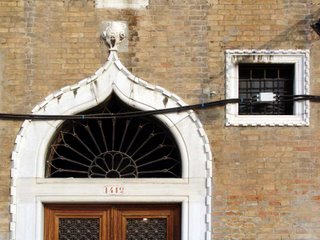
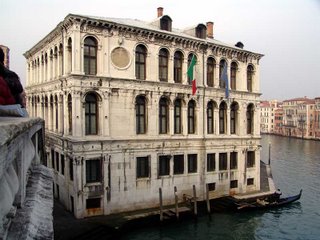


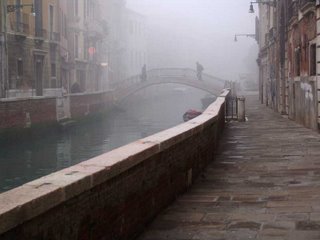








 It doesn't matter how many of the other great cathedrals in the world that you might have been to – Westminster Abbey in London, St Peter's in Rome, Chartres in France – none of these will prepare you for the gilded experience that awaits you inside St Mark's Basilica in Venice.
It doesn't matter how many of the other great cathedrals in the world that you might have been to – Westminster Abbey in London, St Peter's in Rome, Chartres in France – none of these will prepare you for the gilded experience that awaits you inside St Mark's Basilica in Venice.


